For most people, hair grows about a half inch each month, the exact rate of which is determined by everything from age, sex, hormones and health.
More specifically, hair length is determined by the amount of time hair spends in the anagen phase of the growth cycle. The longer hair spends in this phase — which is mostly genetically determined — the longer hair grows.
But for those of us who want to expedite the process — say, after a bad haircut, or a sudden longing for waist-length hair — is there anything we can do? The short answer is: not exactly.
“This is a tough question to answer. Rigorous studies are lacking in this arena. There are definitely options to help regrow hair, but increasing the rate is a tough question/study to design,” explains Charles Puza, a dermatology resident.
The studies that have looked at hair growth have focused on decreasing hair loss and regrowing hair, and often include cases where people were already experiencing hair loss, like from alopecia (in which topical melatonin was used) or from temporary hair loss due to stress or shock (where a supplement containing L-cystine, keratin, medicinal yeast, calcium pantothenate, thiamine nitrate and PABA was used).
So while it’s possible to increase hair growth and retention, increasing the speed at which hair grows doesn’t seem likely. This isn’t all bad news — encouraging hair growth can make hair look fuller, and when treatments increase the time hair stays in the anagen phase, your hair length potential also increases.
But between supplements, topicals, fancy tools and in-office procedures, what actually works?
Supplements
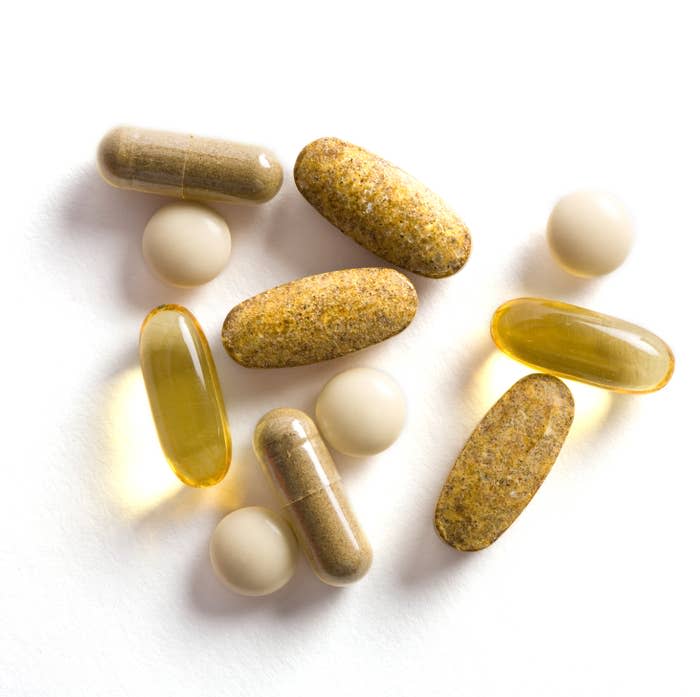
Hair growth supplements, from influencer-favorite gummies to expensive pills, can make a difference in hair, but which ones actually do depends on each person’s needs and potential deficiencies.
“There are two vitamins, in particular, to look for that have shown they can support hair growth: vitamins D and E. Other helpful supplements include protein-rich collagen and plant-based compounds,” said Rae Lynne Kinler, a hair transplant surgeon at Ziering Medical.
Testing prior to taking supplements is important to not only avoid overdosing on any vitamins (which can cause hair loss in some cases), but because treating deficiencies can reverse hair loss. Low vitamin D, iron, B12 and several other deficiencies can be a cause of hair loss. Some hair supplements contain large amounts of biotin, which, Puza said, warns that it can actually interfere with blood work results. Be sure to discuss it with your doctor to avoid problems before testing.
Topicals
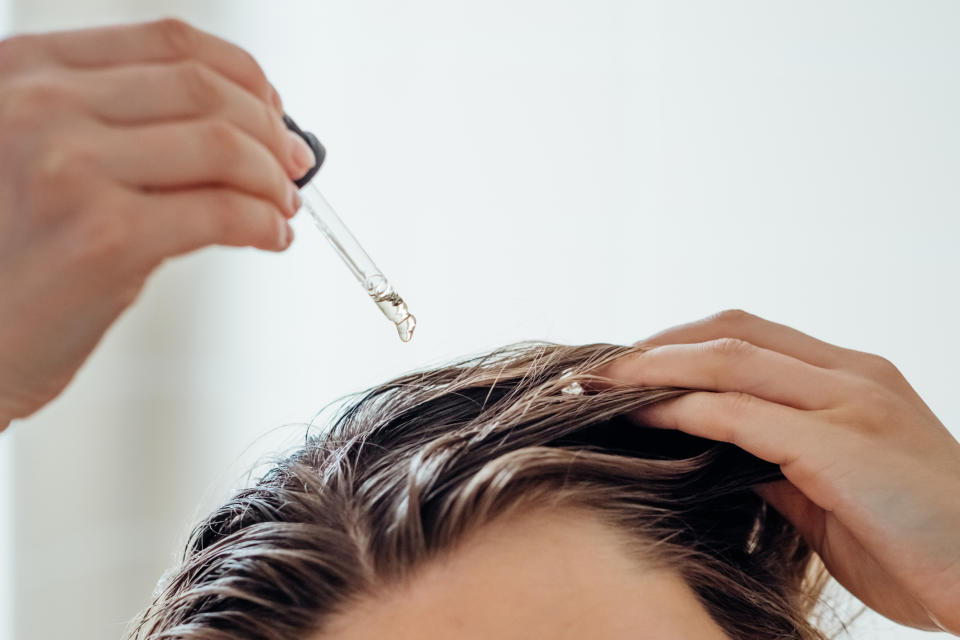

While there are a number of hair growth serums, both experts I spoke with touted the benefits of minoxidil, which is the active ingredient found in Rogaine, for its proven ability to regrow hair and slow hair loss.
“The treatment is a vasodilator, meaning it widens the blood vessels to deliver more oxygen-rich blood to the hair follicles,” Kinler said. “Minoxidil also helps increase the size of hair follicles, which promotes the growth of thicker, stronger hairs.” When using the treatment, hair stays in that golden anagen phase longer, increasing the time it stays attached to the scalp and how long it can potentially grow before falling out.
Patience is required—results take at least six months to a year to be fully appreciated, Puza said. And once the treatment has been stopped, hair slowly returns to its previous state.
“Behind minoxidil, topical finasteride is a special compounded medication that reduces deleterious hormones on the scalp. I often compound this for my patients with minoxidil,” Puza said. (A word of warning: finasteride should not be used by those who are pregnant or who might become pregnant while using it.)
Light Therapy
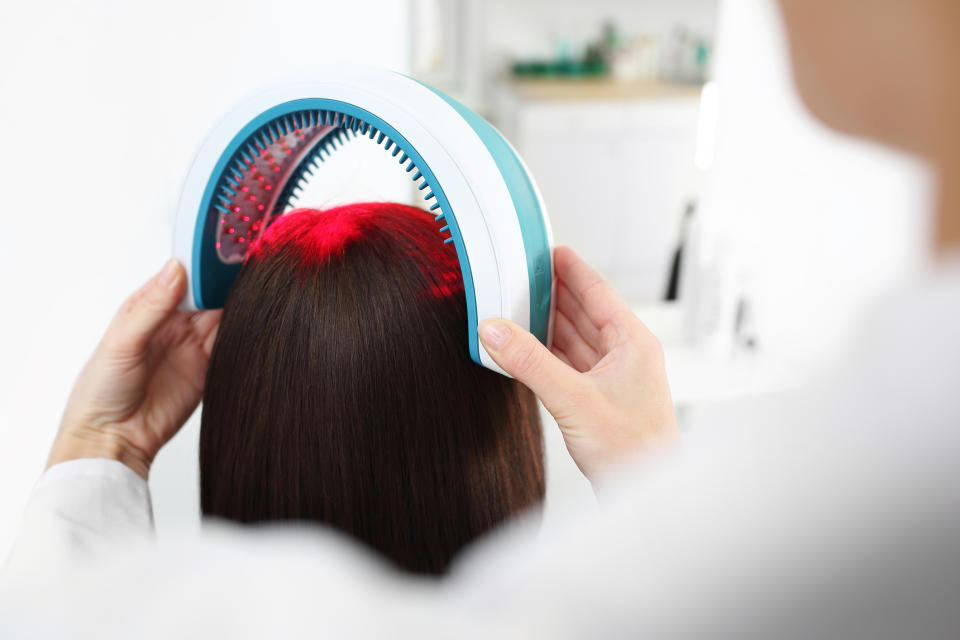

Light therapy, often in the form of wearable caps or brushes, can be pricey, but it has plenty of pluses: it’s noninvasive, painless, free of side effects, and most important, can actually work. Red light, which is actually a type of laser, can increase hair growth in those who are balding or experiencing hair loss.
“[Low-level laser therapy] works (we think) by increasing blood flow and decreasing inflammation. Thus, the scalp health improves so hair can grow better/faster,” Puza said.
Results aren’t guaranteed, though. “Because the results of laser therapy are inconsistent, the conclusion of the medical community seems to be that it appears to work for some people, but not for others,” Kinler added.
More Advanced Treatments
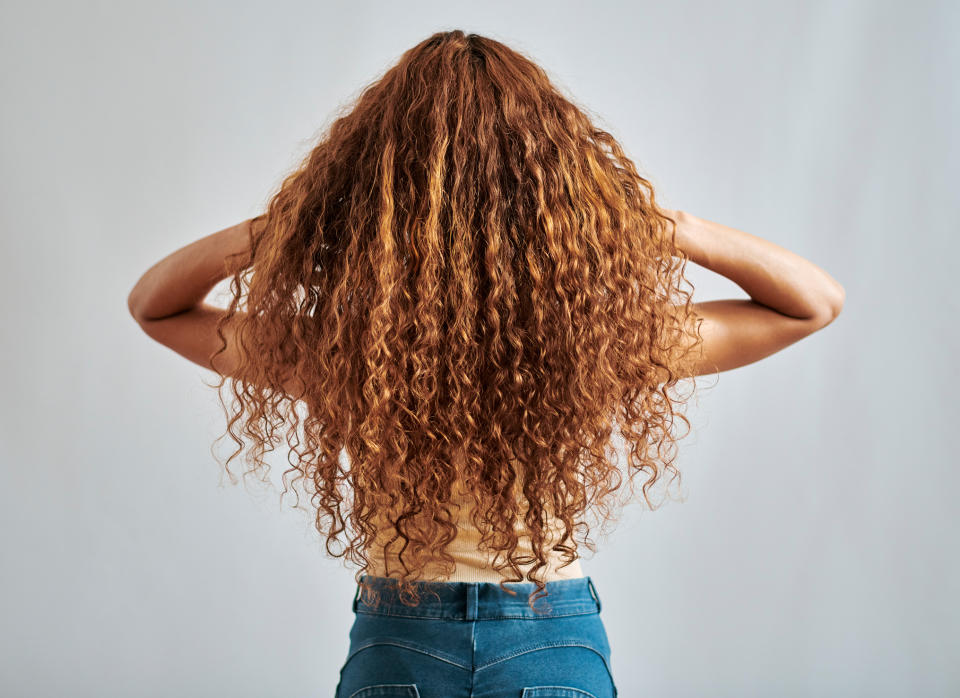

While the above treatments can be performed at home, in-office treatments can be powerful options either on their own or in addition to other hair growth remedies.
Platelet rich plasma (PRP) treatment, which might be familiar from its usage in “vampire facials” to rejuvenate skin, can also be used on the scalp. The patient’s own blood is taken and the plasma is isolated, which is then injected into the scalp. Puza calls the treatment “phenomenal.” It’s not a one and done option though, and on average it takes 6 to 12 months of once-a-month treatments, followed by maintenance sessions every few months. For blood-phobics, growth factor injections, which is similar to PRP but doesn’t use blood, is another option for encouraging hair growth.
If you want to avoid needles altogether, Kinler recommends Keralase, a laser therapy, which when combined with KeraFactor, a topical solution, can “ramp up growth” and “turn on” weak or resting hair follicles,” according to Kinler. While effective, it’s an expensive option, with prices ranging around $600 for a single session (multiple sessions are needed).
The Best Options For Hair Growth
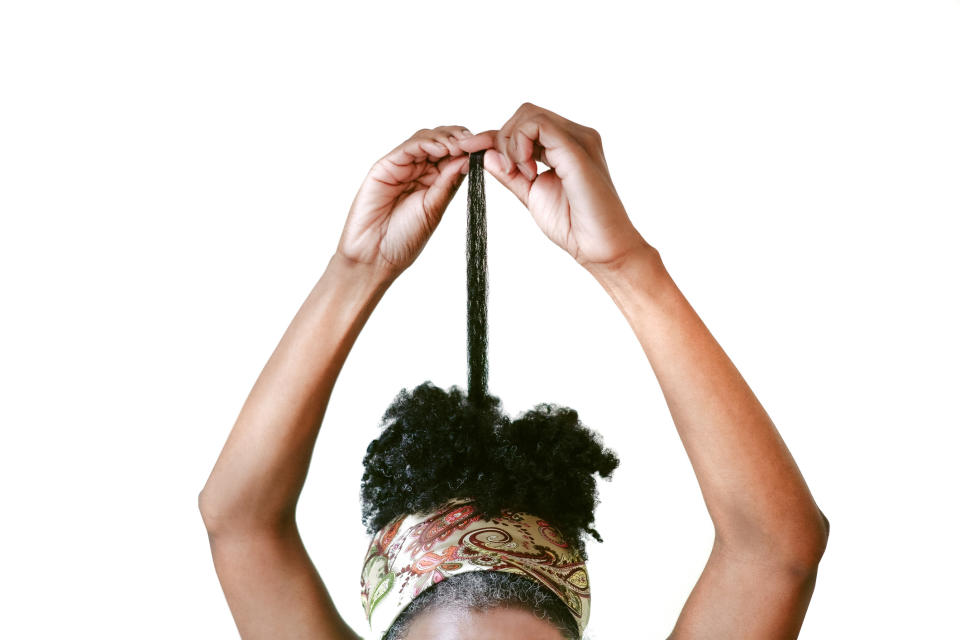

With so many options, what, exactly, should someone do if they are looking for longer, better hair growth? “If there is no budget, I’d personally start PRP, LLLT [low level laser therapy], topical compounded minoxidil with finasteride, and check my vitamin levels,” Puza said.
For a more natural (and less expensive) approach, your best bet might be taking Kinler’s advice: protect the hair you do have.
“Although there’s no magical formula for instant hair growth, there are steps you can take to help your hair grow,” she shared. Keep your scalp healthy, avoid heat styling and go for frequent trims to reduce breakage.
What you ingest matters, too. “Lean protein, green leafy vegetables, nuts, berries, and legumes are all part of a healthy hair diet,” she shared, as these contain essential nutrients for hair growth. “If you’re struggling to get the nutrients your hair needs through food alone, you should try incorporating supplements that contain biotin, fish oil, vitamins C, B and D, iron, omega-3, and fatty acids,” Kinler suggested.
Whatever approach you take, stay patient. While you might see more hair, faster hair growth is unlikely, and it can take months before results begin to show.This article originally appeared on HuffPost.
Source Agencies


